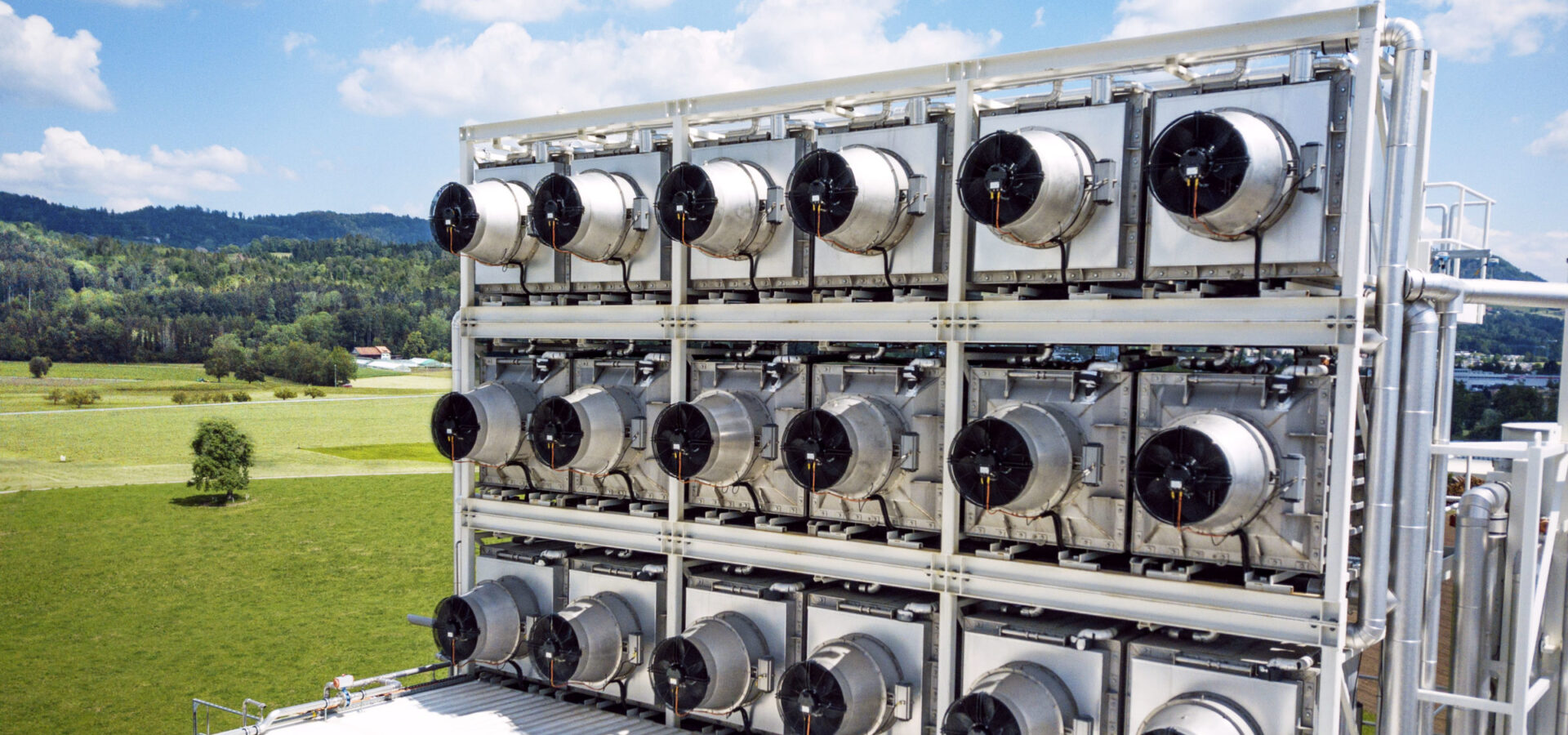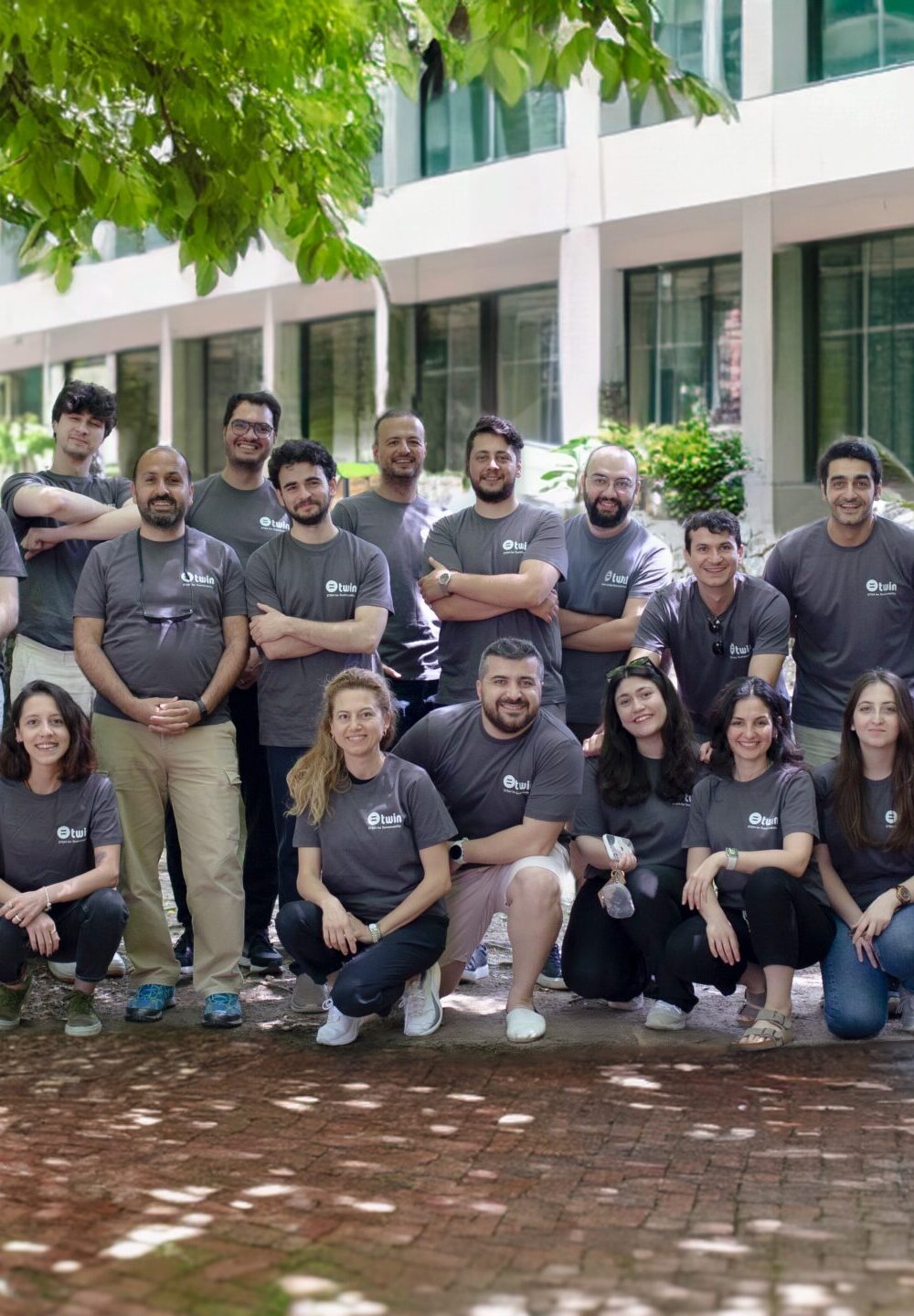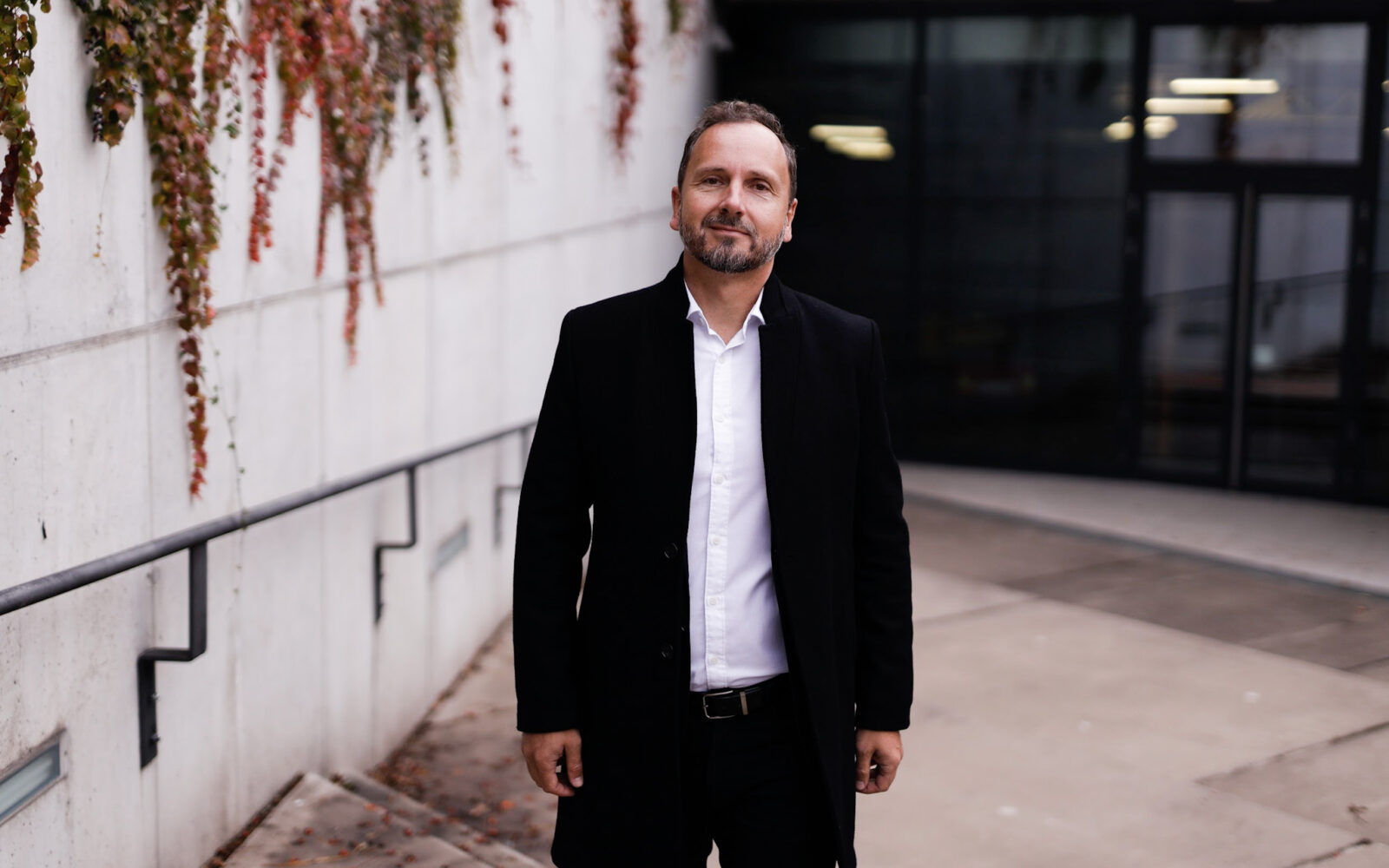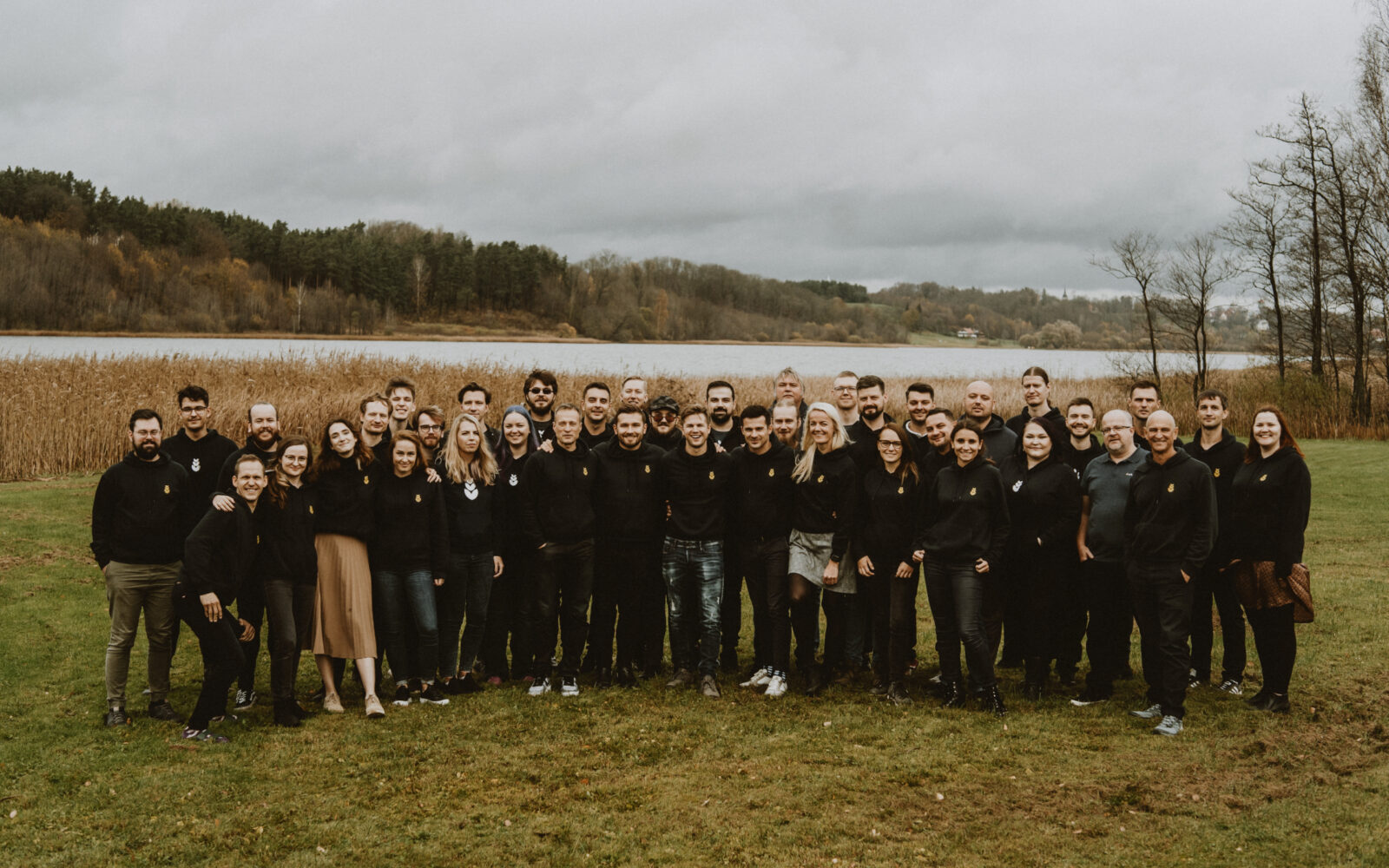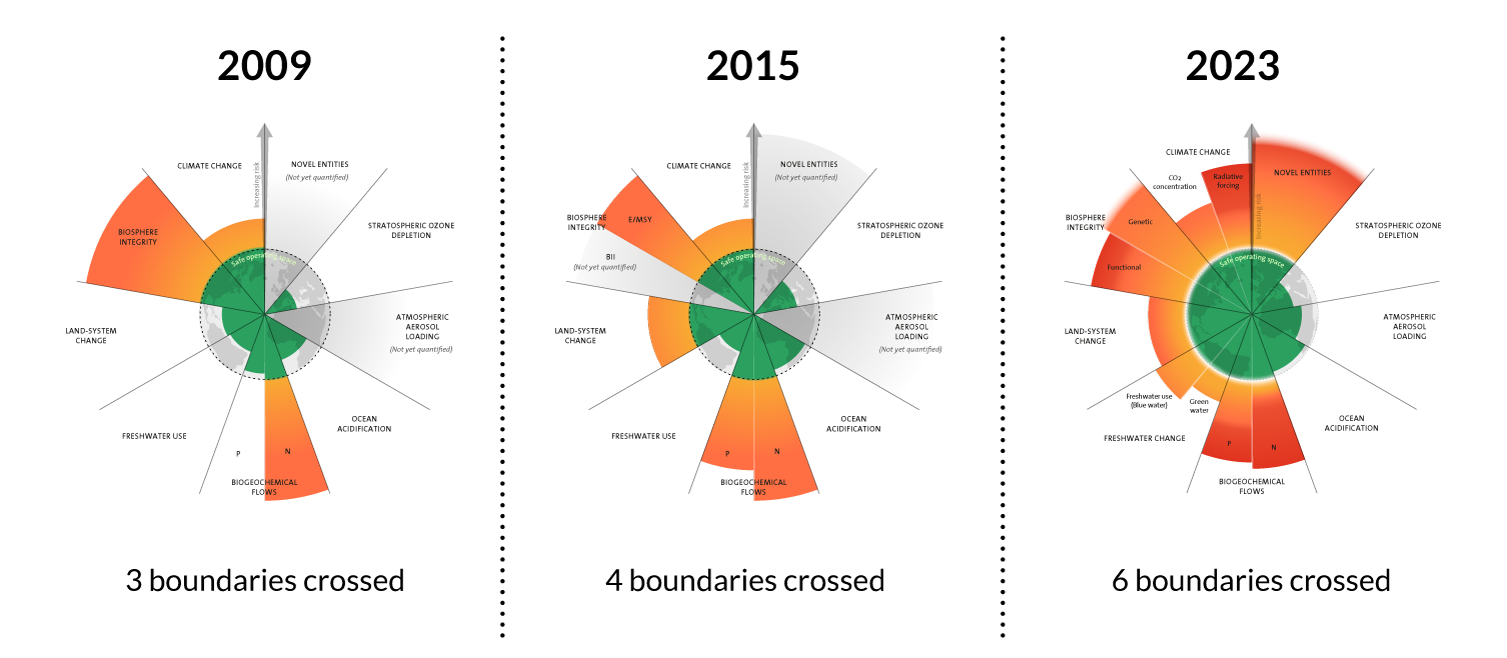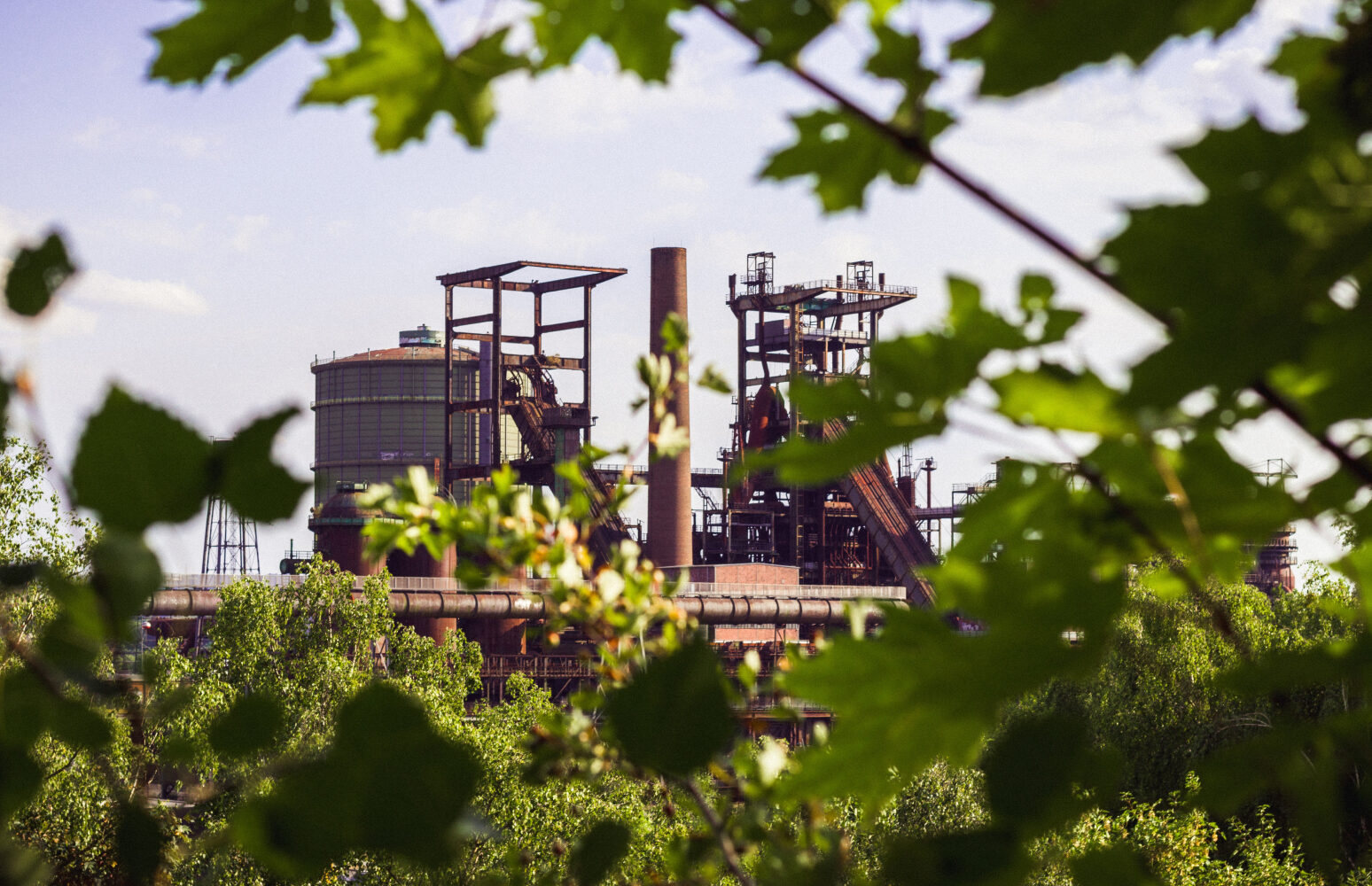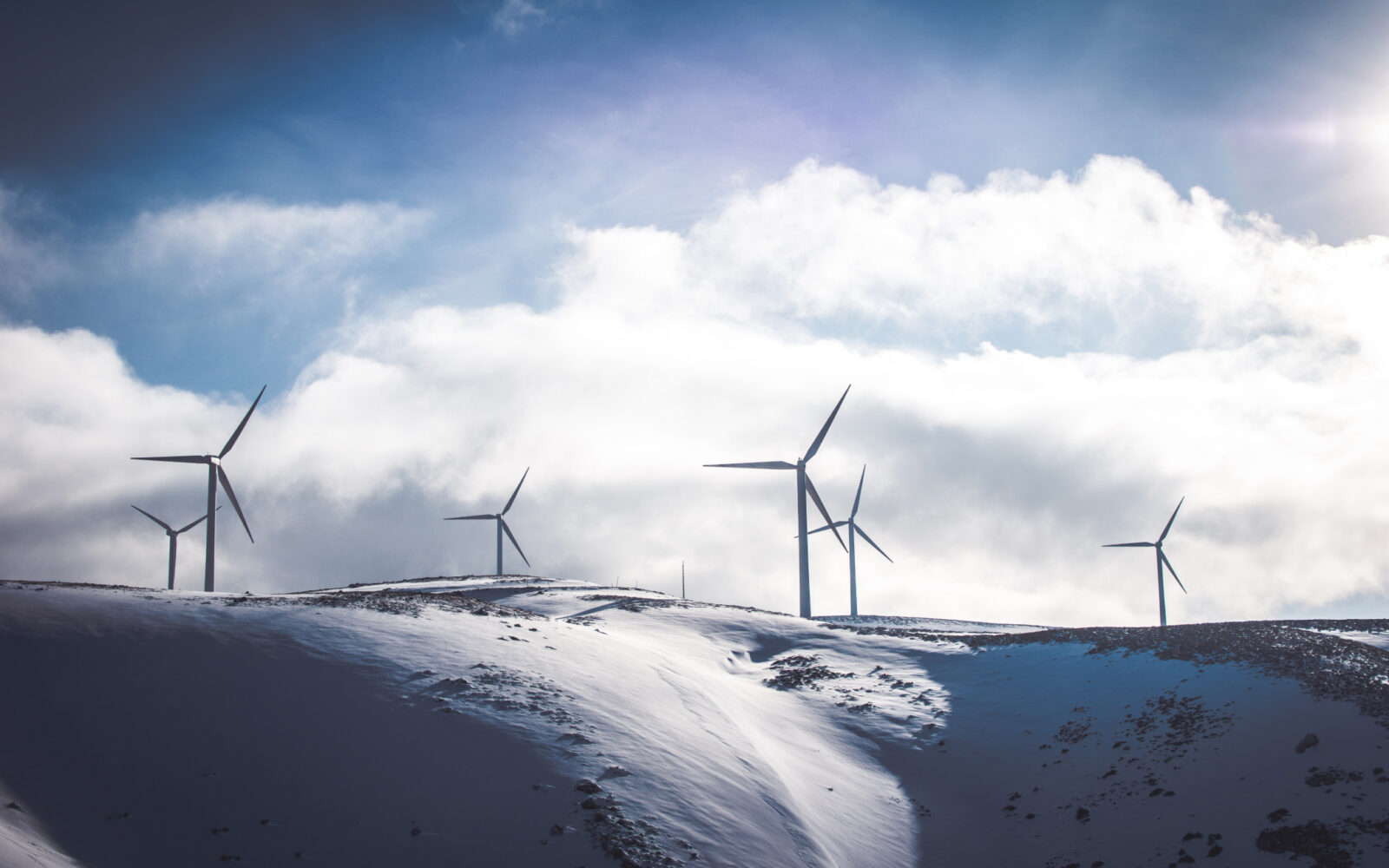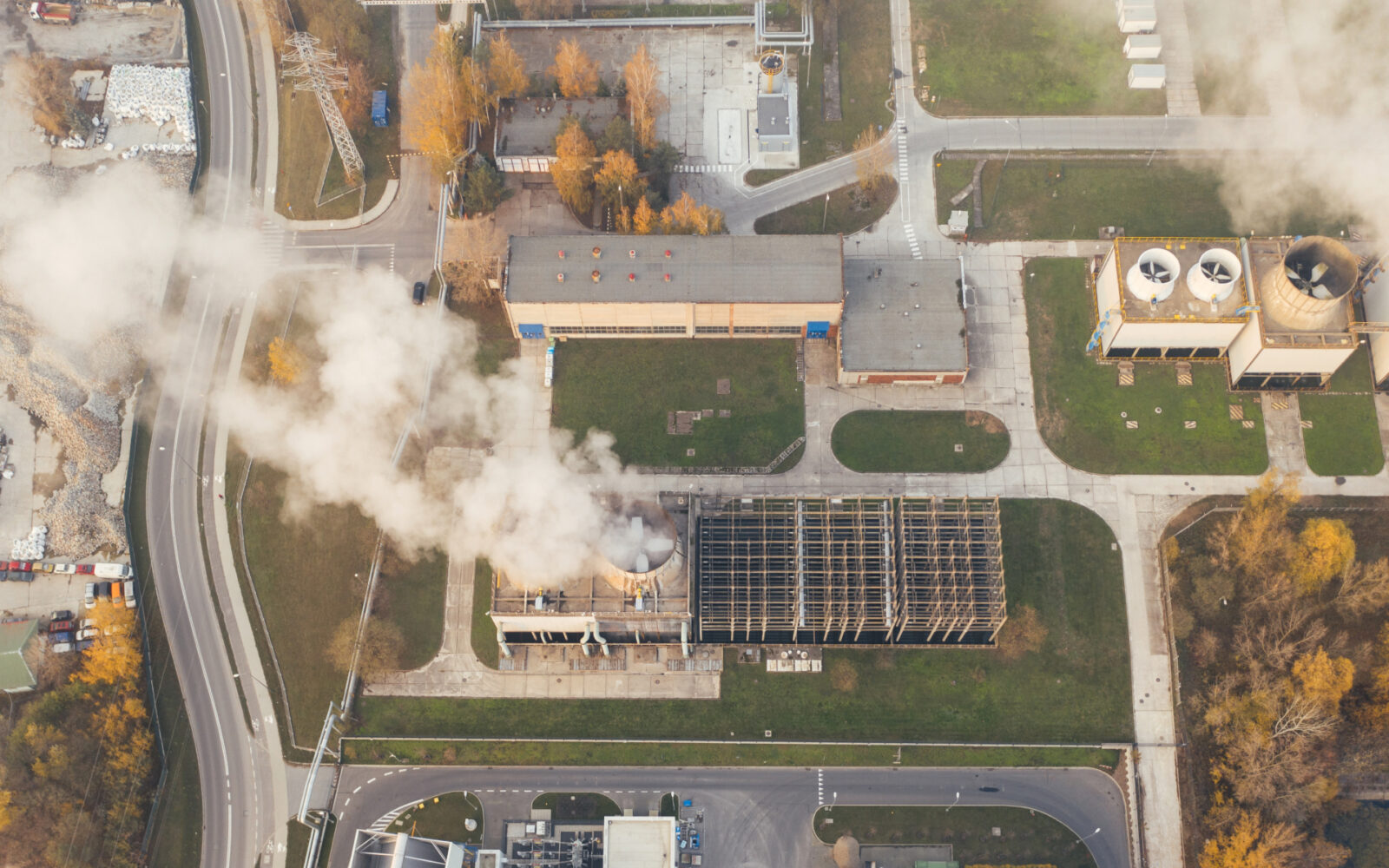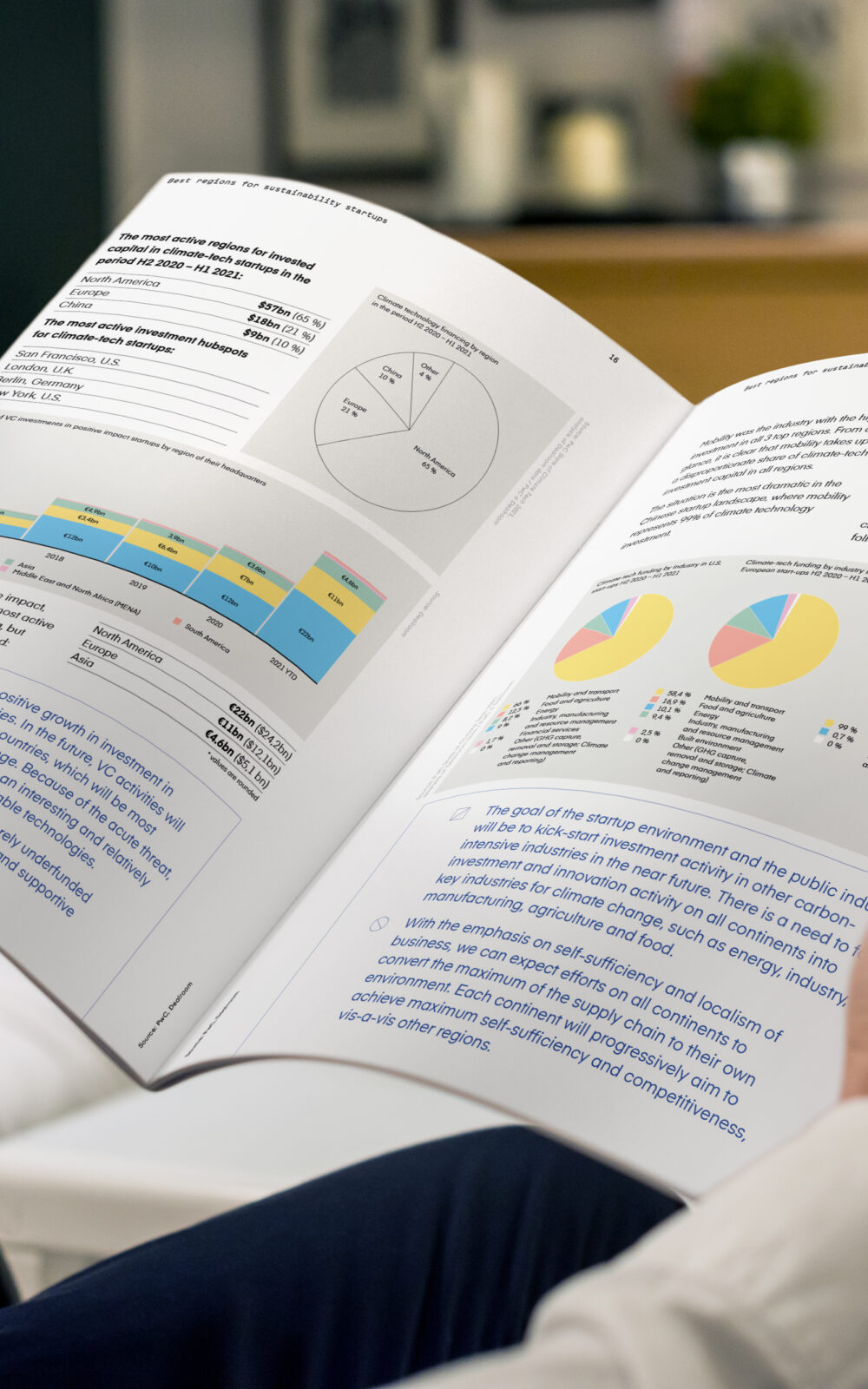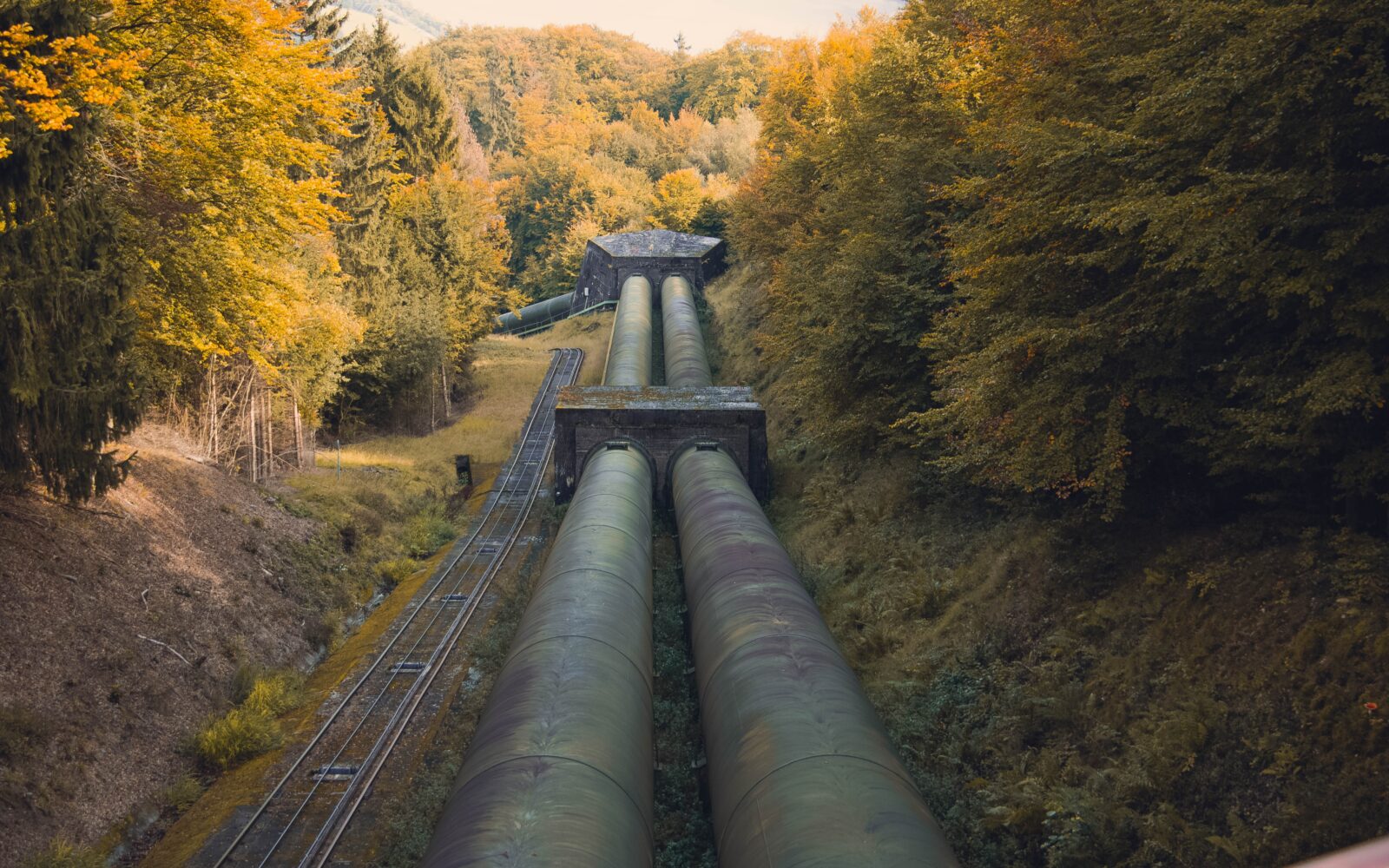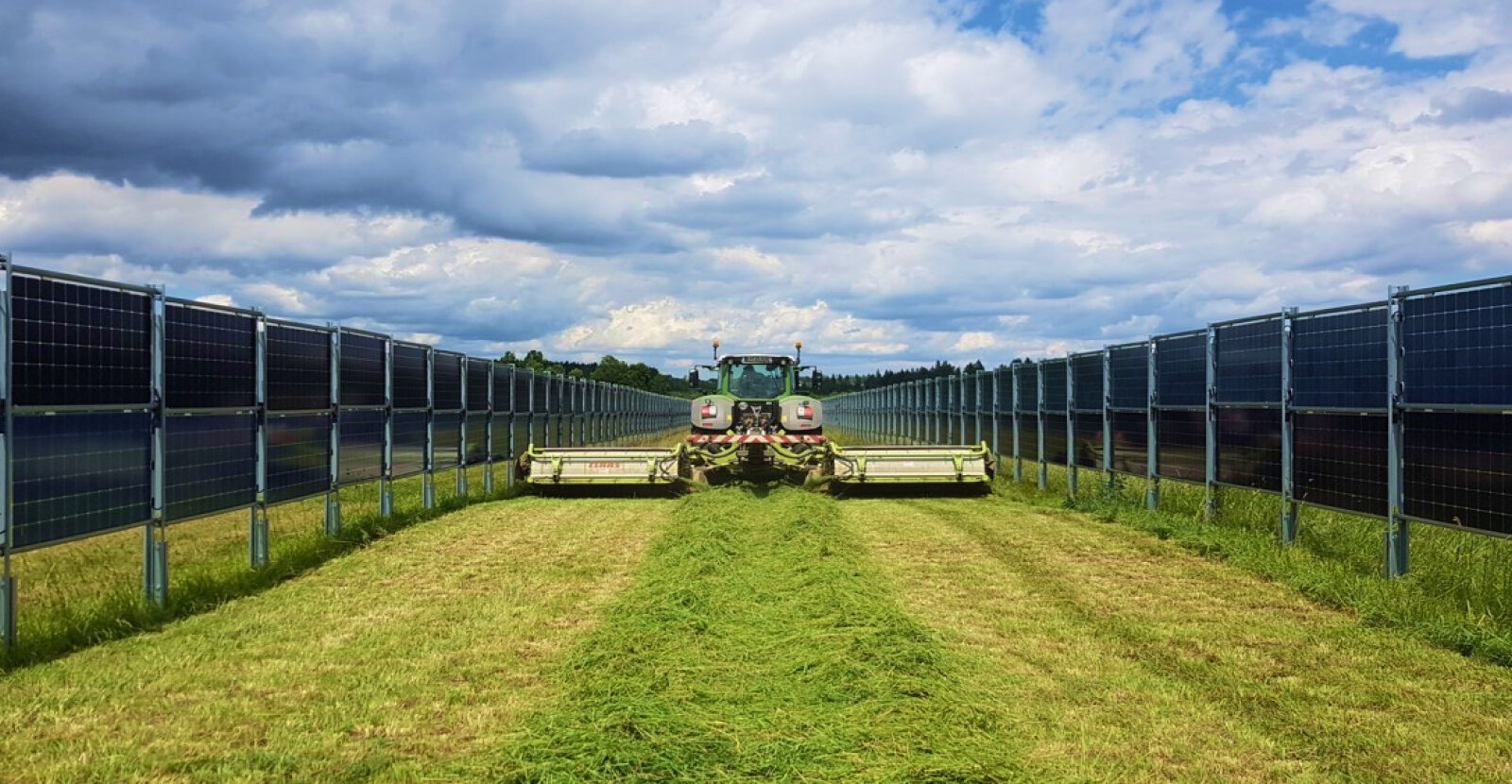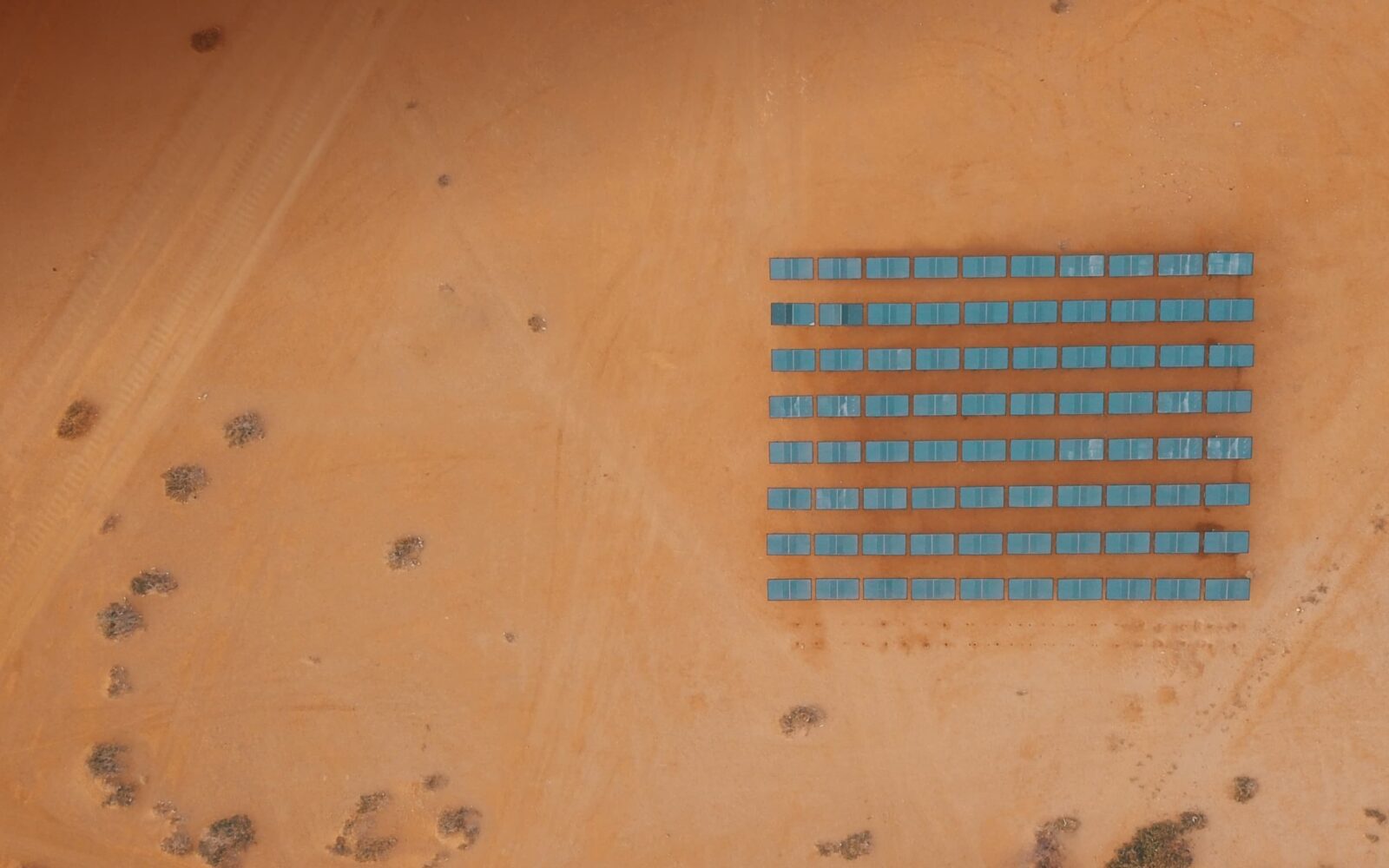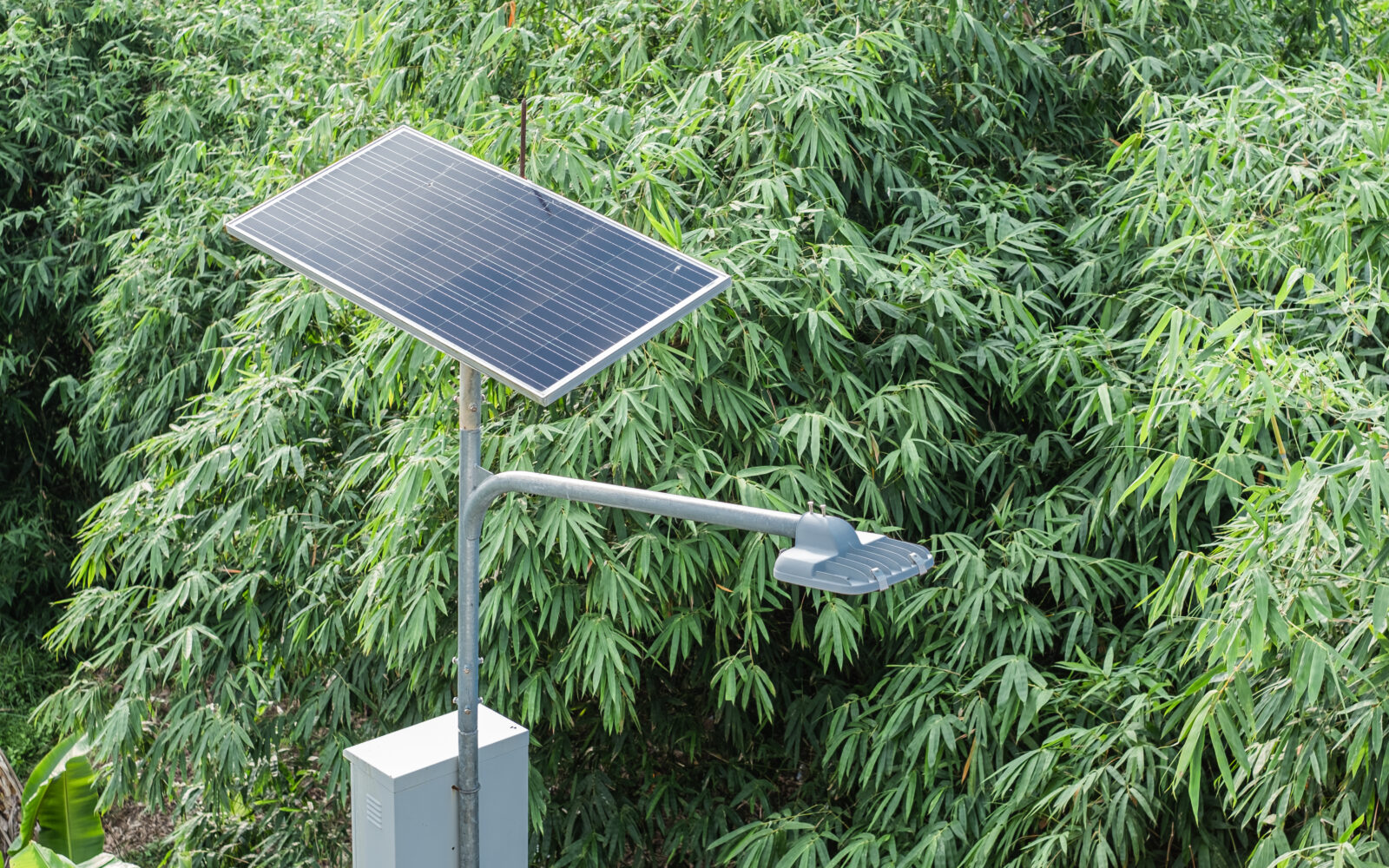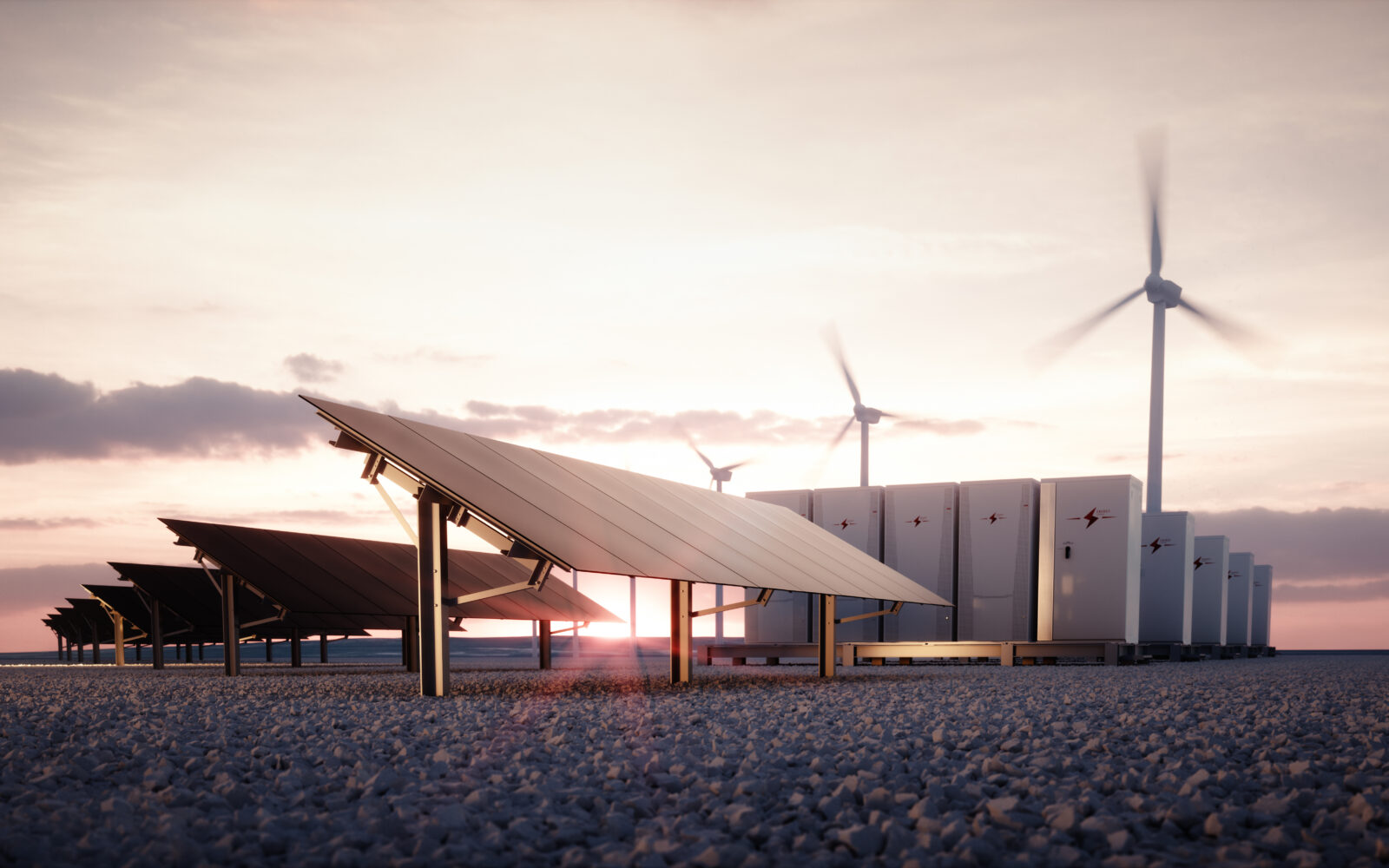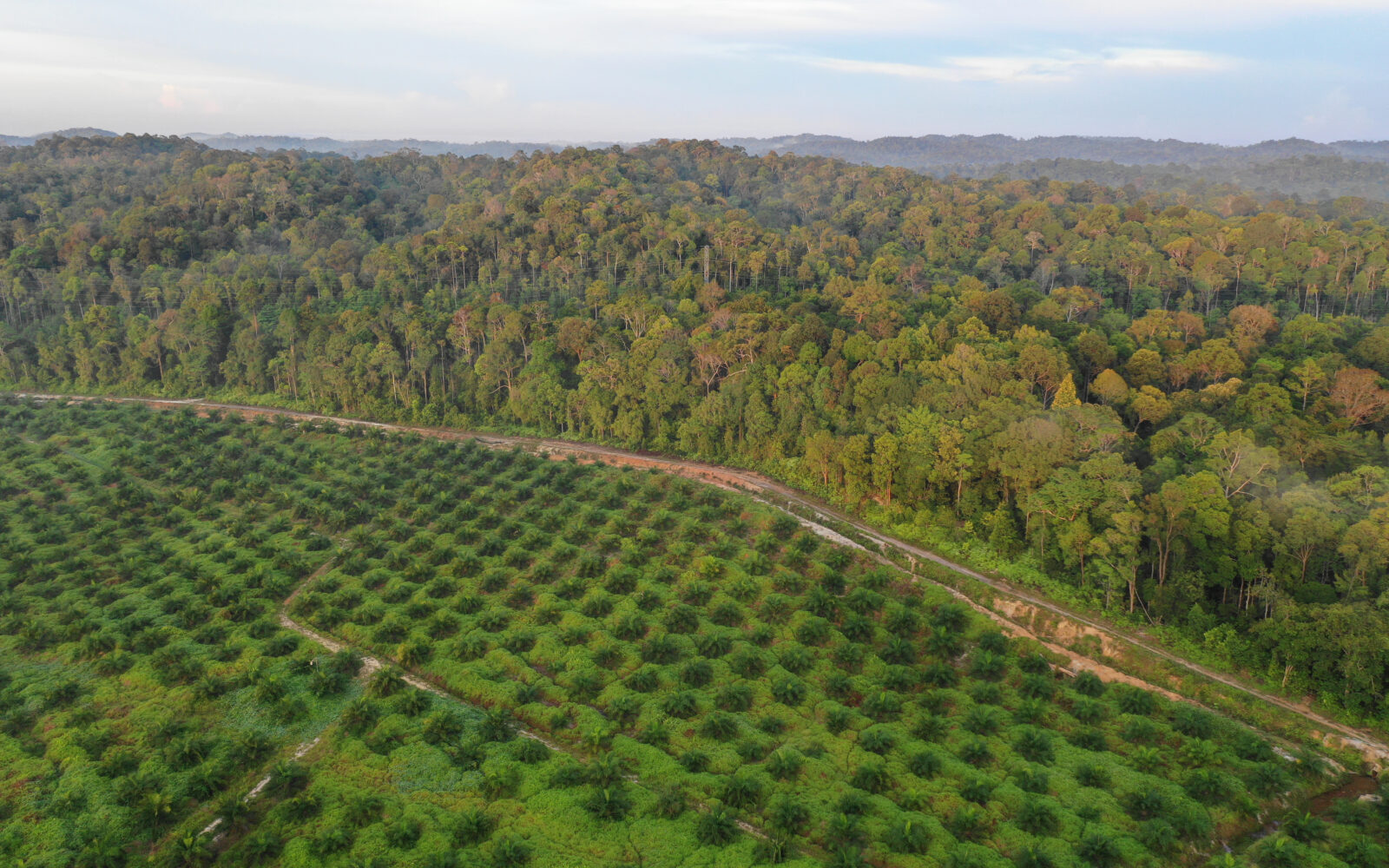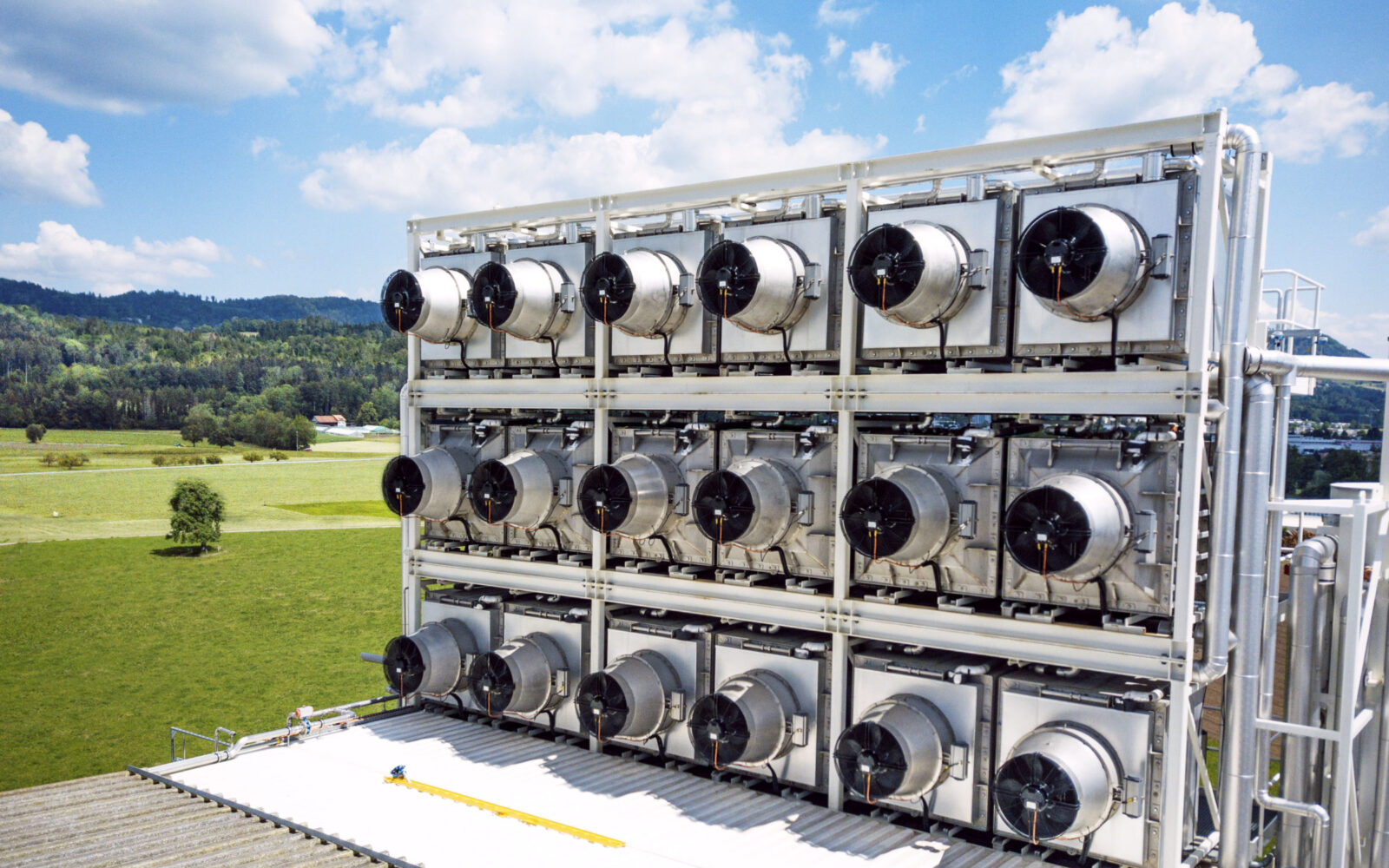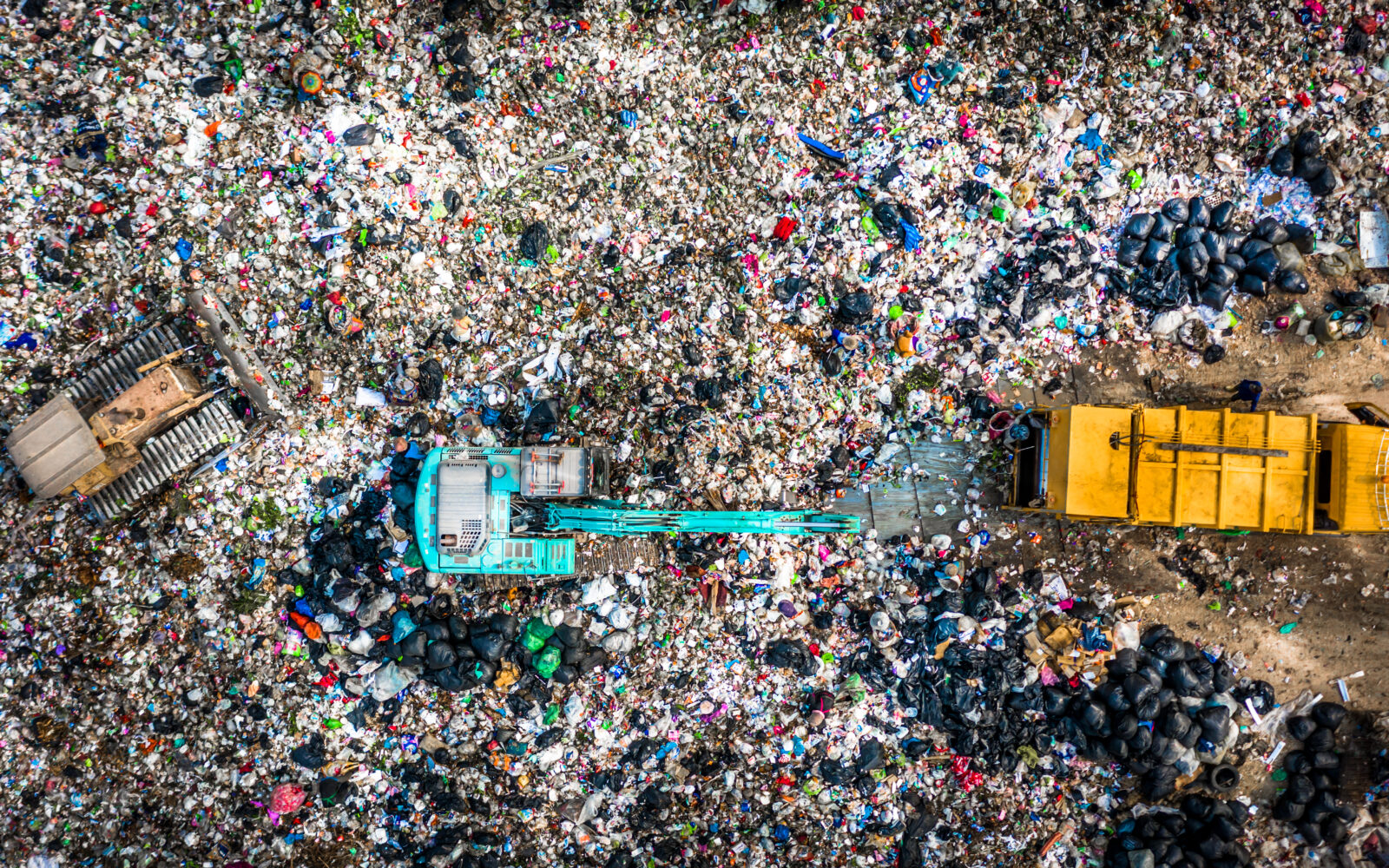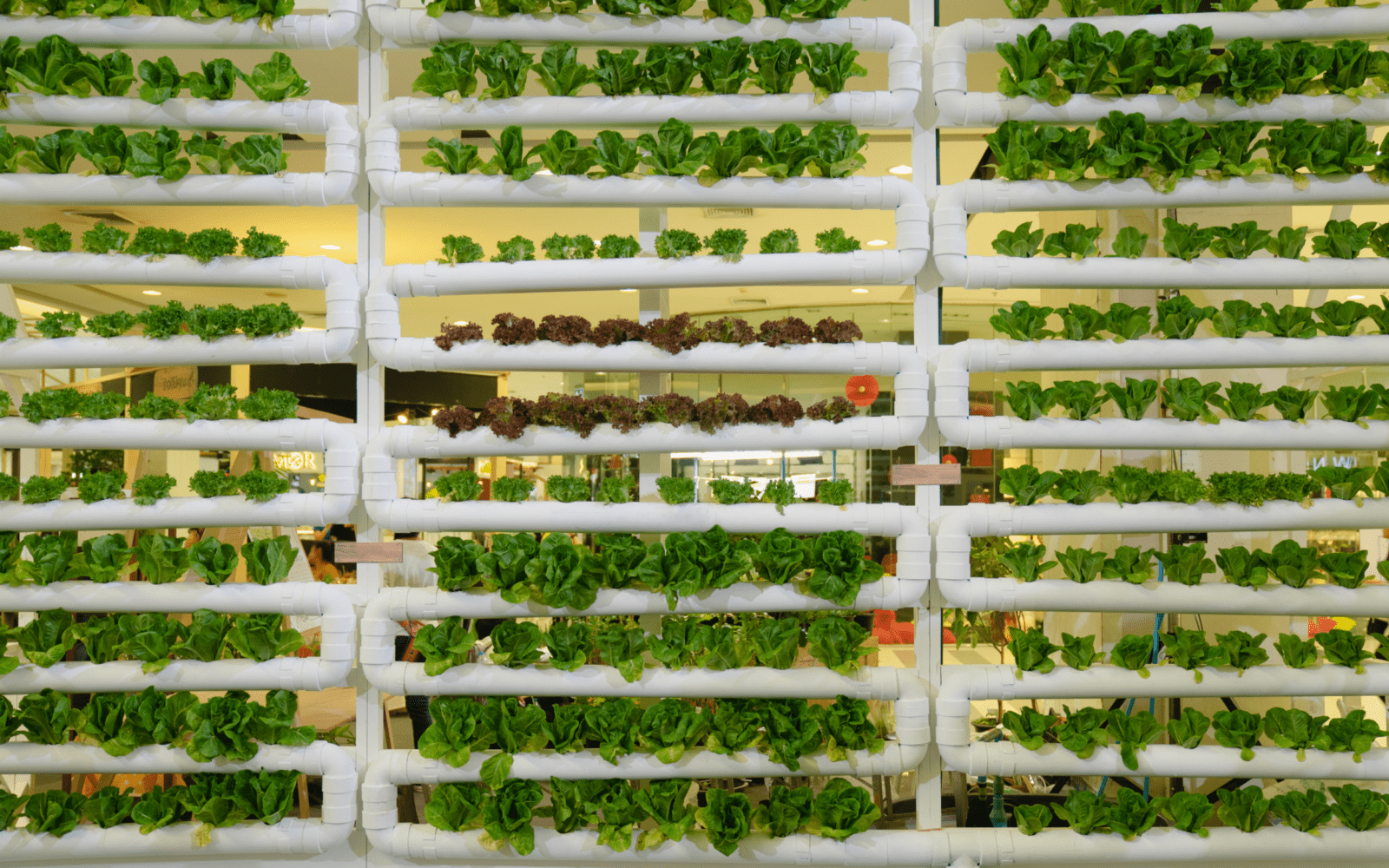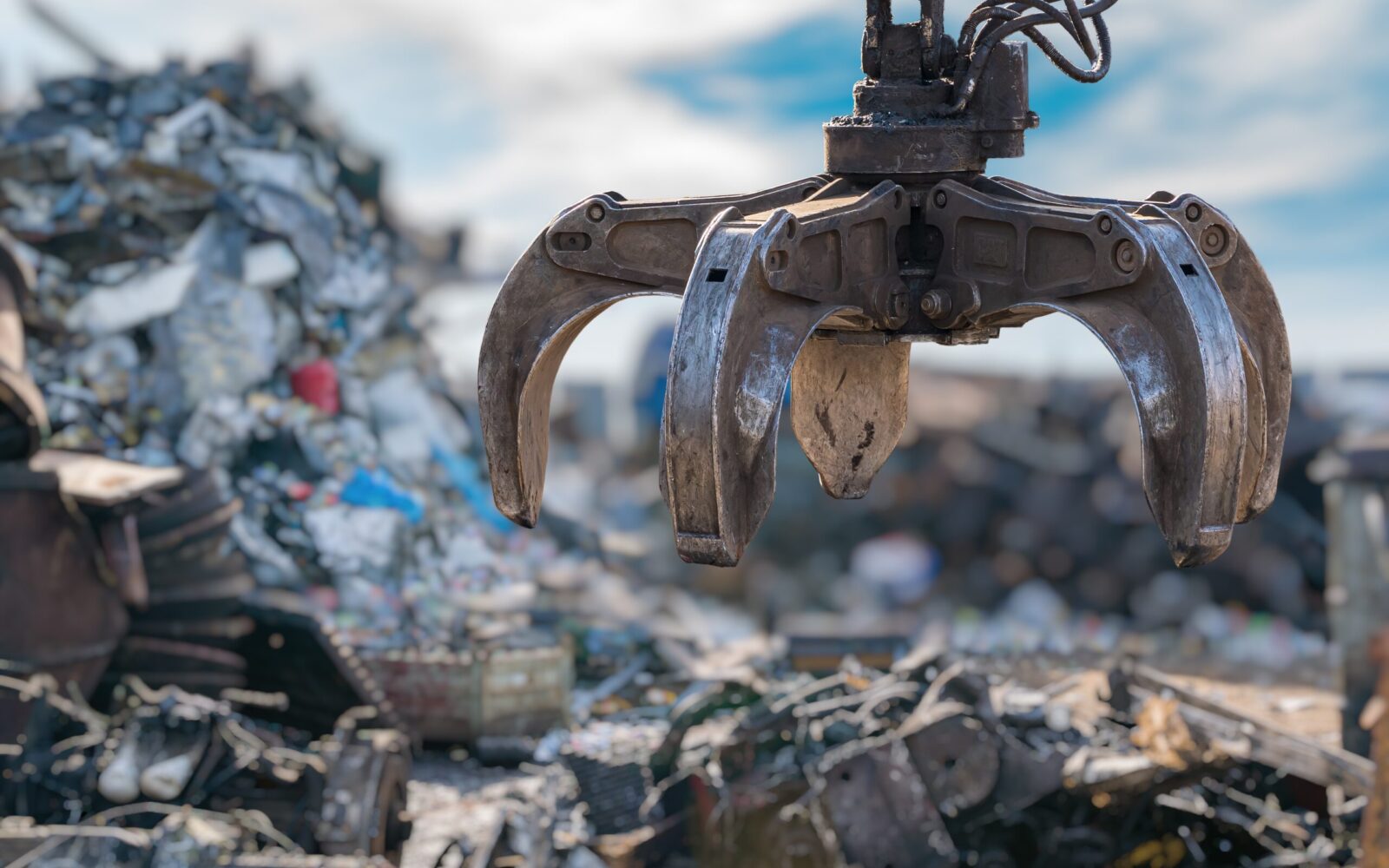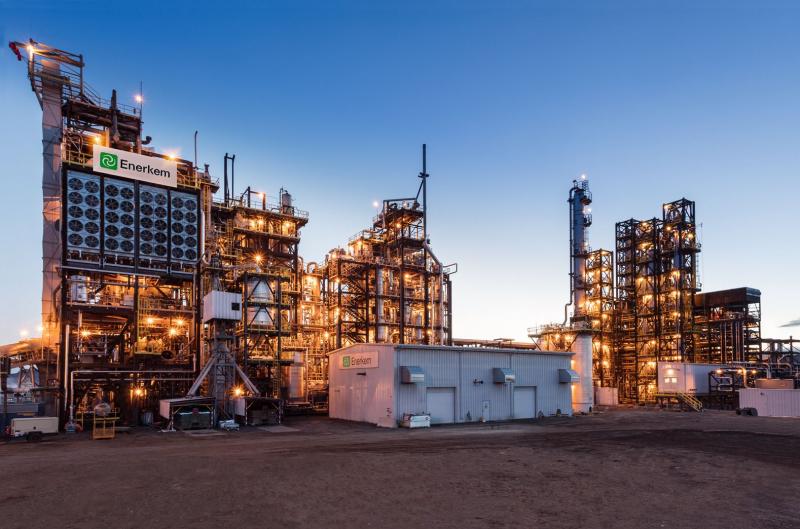Norway has a reputation as a leader in sustainability. Renewable resources, specifically from 82 large hydroelectric plants, provide 96.1% of household electricity consumed. The government has invested a lot to enable the switch to electrified transport and electric vehicles (EVs). Now, they are bringing in the world’s first carbon capture project.
Norway’s sustainable history in brief
Norway discovered oil in the 1960s, and used the profit from fossil fuels to build the world’s largest sovereign wealth fund, as well as a robust judicial system and political institutions.
Norway has become Europe’s largest producer of oil, and thanks to its strategic use of the resulting income, is now home to some of the richest and happiest people in the world.
The discovery of oil was truly a nation-changing moment for Norway, but not the only one.
In 1991, the country introduced a carbon tax for offshore oil drilling. That is one of the reasons many Norwegian companies are investing heavily in the innovation and development of green & clean technologies.
One such company, Statoil (now Equinor), developed one of the world’s first carbon capture plants aimed solely at reducing emissions. The millions of tons of carbon dioxide that these plants have buried are monitored, and are expected to remain underground for thousands of years.
Longship, the carbon capture project
Norway will fund the world’s first full-scale carbon capture and storage (CCS) project with an investment of $1.8 billion out of estimated total costs of $2.6 billion.
The emissions capture project bears the name Longship, after the famous Viking ship.
For now, the project will focus on two facilities:
– a cement factory in southern Norway, which is operated by the German concern Heidelberg Cement,
– a waste incineration plant in Oslo that is operated by the Finnish state-owned energy company Fortum, which has estimated that the project could remove the amount of pollution created by 60,000 cars from the atmosphere annually.
A joint venture storage system called Northern Lights, developed by oil giants Equinor, Shell and Total, is also on their radar as a part of the project.
The government chose the two factories for their demand in the decades ahead. Carbon dioxide capture is one of the few ways to cut emissions from plants like these which operate on fossil fuels.
To secure a global decrease in temperatures, we need every sector to adapt their businesses to incorporate clean and sustainable practices – even those sectors that use fossil fuels now, and will probably have to continue using them in the near future.
How will carbon capturing work?
The project is basically a transportation system for liquid CO2, which will be moved by ship from the capture plants to an onshore facility in Øygarden, on Norway’s west coast, for temporary storage.
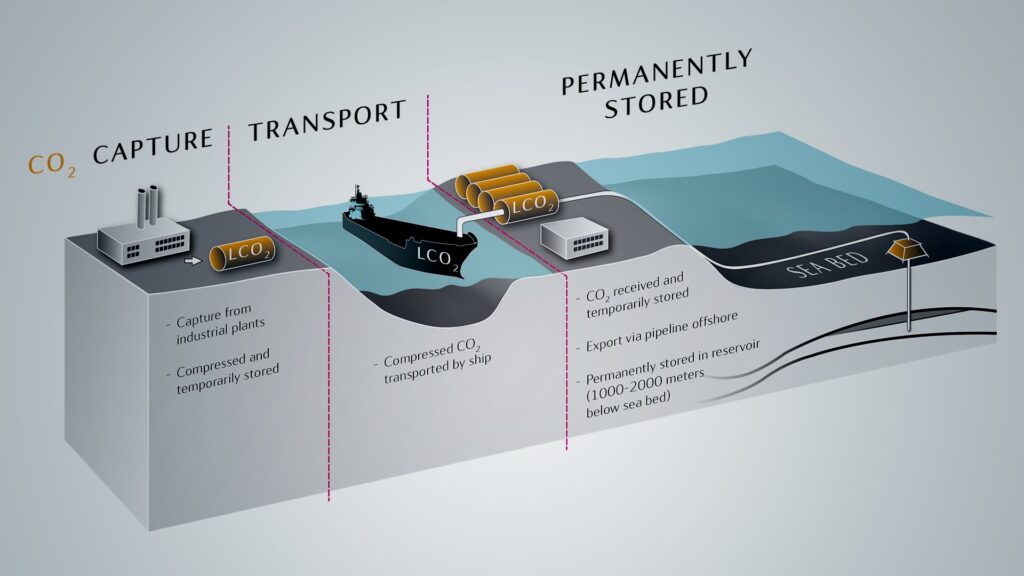
Northern Light will then transport the CO2 via pipeline to a subsea reservoir in the North Sea. The three oil giants are responsible for running the North Sea storage facility, and for preventing carbon leakage.
Both facilities plan to capture around 400,000 tons of carbon dioxide emissions per year. The subsea reservoir should have storage capacity for around 5 million tons of CO2 annually.
They intend to use the technology to capture carbon dioxide while creating valuable hydrogen, a truly clean fuel. Hydrogen is one of the most promising clean energy sources for the future.
For now, its creation is too complicated, and not always beneficial to our environment, as greenhouse emissions are generated in some types of hydrogen production.
Currently, the carbon capture business is still very expensive. Costs for capturing a ton of carbon range from $100 to $600, depending on which technology is used. The projected cost of carbon capture in Norway’s project would be approximately $140 per metric ton, five times more than current price of the EU permits for carbon emissions.
To achieve profitability, carbon dioxide emissions permits would need to cost atleast 10 times more than they do today.
Sources:
https://electrek.co/2020/09/21/norway-world-first-carbon-capture-storage-project/
https://gcaptain.com/norways-full-scale-carbon-capture-project-could-become-financial-disaster-report-warns/
https://www.euractiv.com/section/energy-environment/news/norways-e2-1bn-carbon-capture-mega-project-gets-approval/
https://www.czechcrunch.cz/2020/09/norove-se-pripravuji-na-druhe-dobyti-sveta-a-rozjizdi-ambiciozni-projekt-pro-zachytavani-emisi-uhliku-z-ovzdusi/
https://www.bloomberg.com/news/articles/2020-06-30/norway-carbon-capture-plan-aims-to-let-countries-bury-emissions
